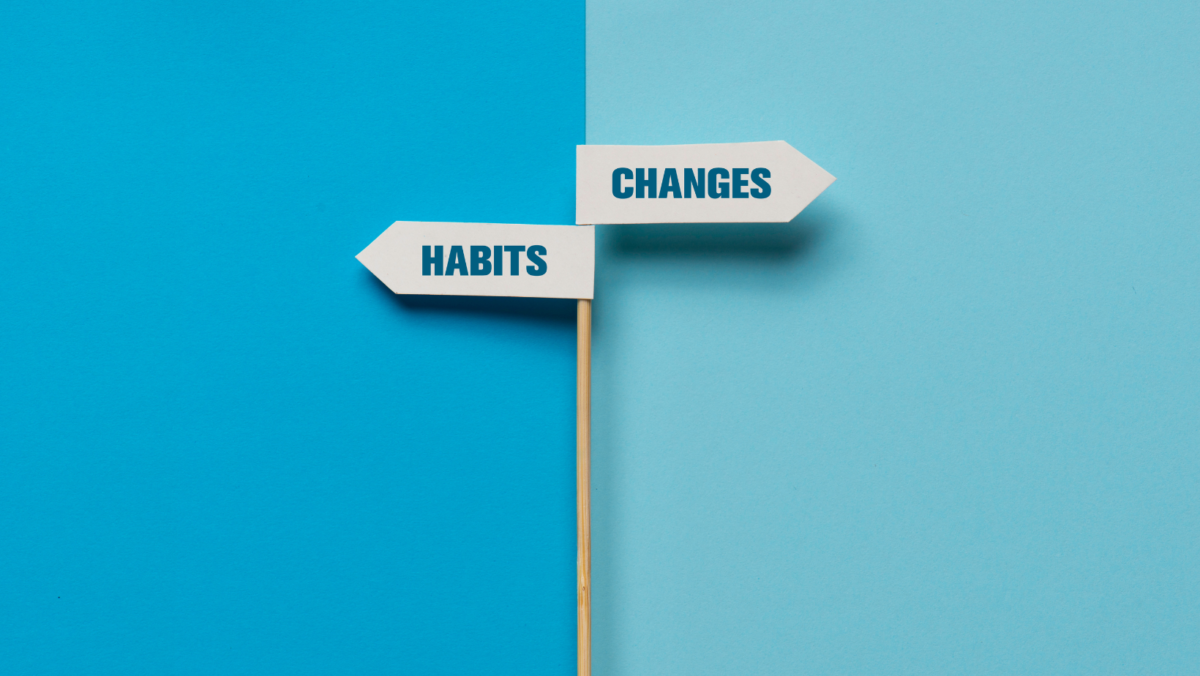Updated August 2nd 2023
How Curious are you about things?
A conversation I often find myself having in my work with people and teams, is around questions and general curiosity. Have you ever noticed how you make assumptions about other people and about yourself and that you make statements when people come to you with problems, rather than asking questions?
When we were children we asked open-ended questions all the time. For example; ‘Why?’, ‘What’s that?’, ‘When are we going?’ As adults, we largely lose the ability to ask questions and to be truly curious. I used to wonder if this was because of the experiences the world provided us with, including the impact of being embedded in formal education! I also wondered if we used our curiosity less, because it is too important for our survival in the workplace and other areas to appear like we know more than we do.
I have since learned that there is more than meets the eye with curiosity!
When we consider how the brain works there is a very good reason why, as adults, we become less curious.
The area of the brain (prefrontal cortex: PFC), that is the most recent to evolve and is the area that is jutting out in our skull at our forehead, is the region of the brain that filters our actions. Cognitive processes – including reasoning, problem-solving, planning, carrying out new and goal-directed patterns of behaviour, inhibitory control, sustained attention and decision-making – takes place here. And it is the area of the brain that allows us to read and react to social cues in everyday interactions, to use language fluently and to regulate, or manage, our emotions (Siddiqui et al., 2008).
The PFC occupies one-third of the entire human cerebral cortex and is one of the final cortical regions to undergo full myelination (The myelin sheath is a protective membrane that wraps around part of certain nerve cells, and affects how fast signals travel through those nerve cells) during adolescence and young adulthood in the human (Fuster, 1997; Anderson, et al., 2001). The PFC also interacts with our limbic system. The limbic system is where our emotions and memories are housed. During adolescence significant changes occur in the limbic system, which may impact self-control, decision making, emotions, and risk-taking behaviours.
For those of us who were risk-takers when we were younger, or who currently have teenage children who are taking risks and making decisions that we don’t understand, the above piece of science will not be a surprise.
If the area of the brain that enables us to perform diverse cognitive processes, for example, to inhibit our behaviours is only fully developed late into adolescence/early adulthood, then it makes sense that we stop asking so many questions and being curious in adulthood compared to when we are children, because we are in ways more “rational” as adults and expected to be more “rational”.
But that doesn’t mean that it serves us well to be less curious as adults. Just because our brain is fully formed, does not mean that all the assumptions that we make about situations and people are useful, or that the decisions we make are the best ones for ourselves or others. The processing of the interaction between the PFC and the limbic system is happening unconsciously, and therefore we are not aware of how our memories and our emotions are ruling the assumptions we make, and how we make decisions and how we are problem-solving in situations and with other people.
As there is so much information coming towards us every second of the day, a brain must make shortcuts, and so it relies on what it already knows instead of expending energy and attempting to look at things in a different way. Our entire nervous system is focused on keeping us safe and so it will do whatever it needs to do to fulfil that job; to keep us safe is a better bet for the brain and body, than to be actively curious, which means taking risks.
Learning triggers neuronal changes in the brain that contribute to information acquisition and memory formation, including the activity and strength of existing synapses, the formation of new synapses, and possibly the birth of new neurons. Being curious, for example, asking ourselves and others questions gives us a moment of reflection time that enables learning.
What if we could start asking questions and getting curious again more regularly, like we did when we were children?
If we focus on asking a colleague more open-ended questions rather than providing them with the solution, we open the opportunity for them to reflect. While reflecting they will use more areas of their brain and they are more likely to have insight. In turn their brain becomes more focused and motivated to solve the problem, or to carry through on their own insight to the problem. By asking more open-ended questions we help that person’s brain to create more connections between neurons, and therefore we are influencing their learning just very simply through asking the question rather than providing the solution,
In becoming more curious and asking more open-ended questions, we engage the people we work with in a way that is conducive to high performance. They will likely come up with a better solution to the challenge than we had thought of. Through genuine curiosity, which is supported in our communication through open-ended questions, we can together become more creative in our approaches and make more effective decisions.
I don’t like to prescribe open-ended questions, as every situation and person is different. Just focus on questions that begin with words such as ‘What…?’, ‘How…?’, ‘Which…?, ‘When…?
Here are a few examples:
- ‘What do we already know about this?’
- ‘How does… affect…?’
- ‘What alternative ways of looking at this are there?’
- ‘Who benefits from this?’
- ‘What could we assume?’
- ‘How did you choose those assumptions?’
- ‘What do you think causes…?’
- ‘Which implications are important to consider…?’
In my experience with individuals, teams and organisations, one of the hallmarks of a true leader, is having the COURAGE to be CURIOUS! It takes practice for most of us. I have seen the fruits of it over and over again. See if you can ask more open-ended questions this week, and see where it takes you?











